 (The African American emigré photographer Errol Sawyer (August 8, 1943-December 24, 2020) passed away in his sleep due to heart failure on Christmas Eve, in Amsterdam. He is survived by his wife, Mathilde Fischer, and their son, Victor, age 15. I’m publishing the essay below as a commemorative tribute to him.
(The African American emigré photographer Errol Sawyer (August 8, 1943-December 24, 2020) passed away in his sleep due to heart failure on Christmas Eve, in Amsterdam. He is survived by his wife, Mathilde Fischer, and their son, Victor, age 15. I’m publishing the essay below as a commemorative tribute to him.
I met Errol in 2007, relatively late in his life and his career. Until then he had flown beneath my radar, for reasons explained in the essay. At the time he lived in Amsterdam but came to New York on a visit, and we connected over a book-in-progress, his first monograph, for which he commissioned this introduction. The book, City Mosaic, eventually appeared in early 2011, and this slightly revised version of the intro appeared in 2012 in issue 3 of VLAK Magazine: Contemporary Poetics & the Arts.
For a revealing interview with Sawyer conducted by Fischer in 2000, click here. For a further sampling of Sawyer’s b&w imagery, and some biographical information, click here. For a website with some of his color images, click here.— A.D.C.)
•
Words of the Prophets:
Errol Sawyer’s City Mosaic
What are we to make of Errol Sawyer?
Here’s the challenge. A substantial body of distinctive, resolved photographic work, representative of a much larger and more expansive oeuvre, gets placed in front of you. Parts of it date back to the early 1970s; the rest stretches forward from there. Some of it was made in the past few years. In aggregate, it comprises close to four decades’ worth of engagement with the classic mode of mainstream-modernist street photography, mostly in black & white but with some exploration of the color-photography variant of this form. Consistent in quality, in terms of both craft and content, it speaks in its own voice, aware of the tradition on which it builds but not noticeably beholden to any predecessor therein. Clearly, it’s the considered, carefully redacted output of a serious, professional practitioner of the medium. And you’ve never before heard his name.
So … what are we to make of Errol Sawyer? Or, to put a finer point on it, what am I to make of him in introducing his work to you?
•
Sawyer was born in Miami, Florida on August 8, 1943. His father was an African American playwright whose family had migrated from Nassau, Bahamas; his mother, part African American and part Cherokee, hailed from Georgia. When he was seven the family (including his younger sister) moved to New York — first to Harlem, then to the Bronx. During his college years at New York University Sawyer moved to Greenwich Village, studied history and political science, decided to become a professional photographer, then hit the road:
1968-69, South America — Colombia, Ecuador, Peru.
1971-78, Paris, London.
1978, back to New York.
1984-88, back to Paris, with travels to London, Hamburg, and other points.
1988-94, back to New York.
1994-95, Amsterdam, the Netherlands.
1995-99, New York again.
1999-present, returns to live in Amsterdam, where he marries architect Mathilde Fischer and fathers a son.
•
The complex itinerary of Sawyer’s peripatetic adult life offers some indication as to why he has just begun to achieve visibility: though he appeared on a number of radar screens during the course of his career, he did not stay in any one place long enough to become fully identified with it, or to get fully interwoven into its cultural scene.
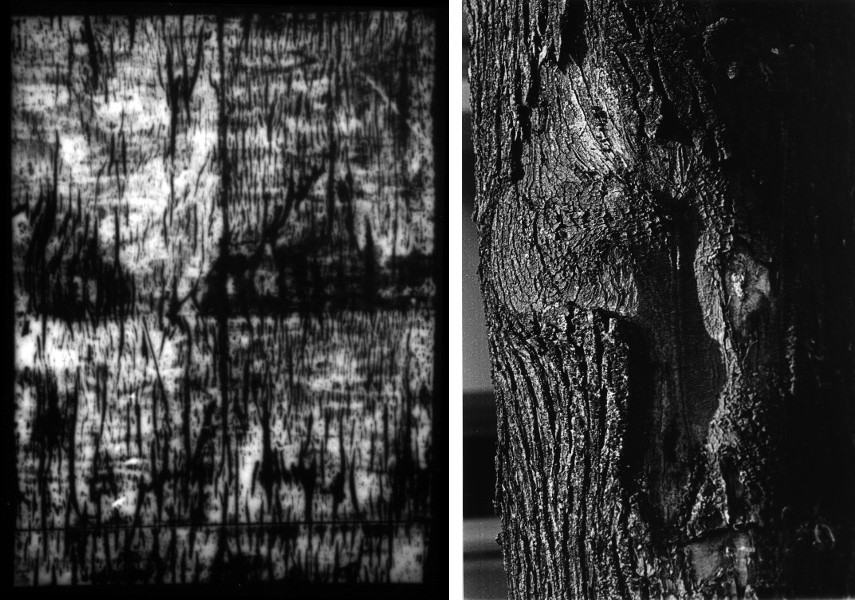
Errol Sawyer, “Self-Portrait,” Amsterdam, 2010 (l); “Time After Time,” Amsterdam, 2016 (r). All rights reserved.
And photography, more than any other of the visual arts, enables the nomadic life. Far easier (at least for those not involved in the production of sofa-sized photographs) to pack up cameras, negatives, contact prints, even master prints for a move than for a sculptor, painter, etcher, engraver to transport the tools of the trade and the resultant output to a new location. Statistics would reveal, I suspect, that photographers move more often than practitioners of other media.
In the event, whatever his motives, Sawyer took advantage of this option on a regular basis. One effect of this, surely not intentional on his part, was that he did not become and remain enough of a fixture in any locale that critical attention could reasonably have come his way.
•
The late literary and cultural critic Hugh Kenner defined the critical tradition as “a continuum of understanding, early commenced.” He went on to say,
“Precisely because William Blake’s contemporaries did not know what to make of him, we do not know either, though critic after critic appeases our sense of obligation to his genius by reinventing him. In the 1920s, on the other hand, something was immediately made of Ulysses and The Waste Land, and our comfort with both works after 50 years, including our ease at allowing for their age, seems derivable from the fact that they have never been ignored.”[1]
A few years later, without making reference to Kenner’s earlier insight, and perhaps unaware of it, curator Martha Chahroudi addressed the problem of what she identified as the “time-displaced photograph.”[2] Chahroudi’s essay concerned itself with what had already become a notable issue in photography, the frequent discovery of a substantial body of work in the medium that for decades, and sometimes for more than a century, had existed outside the critical tradition as defined by Kenner.[3] How, Chahroudi asked, do we engage with this suddenly recuperated work in a way that respects its spirit, its purpose, and its original context, without imposing the assumptions of our own era on it and using those as the basis for our readings?
The absence of any sense of what their contemporaries made of them can affect the response of later generations not only to the work of “outsider” artists who often elect to work in obscurity, out of the mainstream, but even to the work of actively exhibiting and publishing artists who, for whatever reason, do not attract the consistent or recurrent attention of critics and other commentators on art. This situation becomes aggravated when, as is the case with photography, the medium itself has suffered from a long-term shortage of serious critics.
•
More recently, in a posthumously published essay on the state of the historianship of photography, the historian and educator Bill Jay made a convincing argument that — due to the perpetual shortage of photo historians — the types of serious historical research that build a reliable history of a medium, and that underpin any true critical tradition, don’t exist. Most of what passes for historianship of the medium, he proposes, merely recycles what a few prominent earlier historians (most notably Beaumont Newhall and Helmut Gernsheim) achieved. In concluding, Jay describes the condition of historianship of photography as “tragic.”[4]
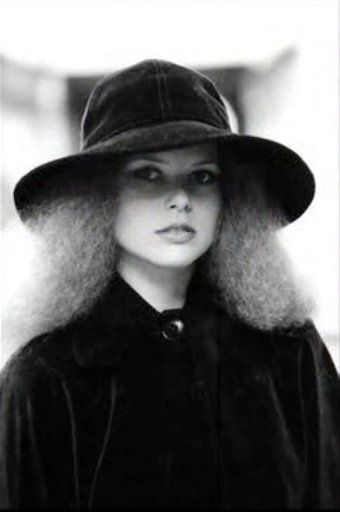
Errol Sawyer, “Christie Brinkley Young,” 1973. (This was Brinkley’s
first shoot ever.) All rights reserved.
I’d echo Jay’s lament concerning the shortage of photo historians with my own recurrent wail about the scarcity of photo critics. While the medium of photography has taken center stage among the contemporary visual arts since 1970, the ranks of knowledgeable critics of the medium have not swelled commensurately. So, if we take the aforementioned thoughtful scholars seriously, and add my own reservations to theirs, an inescapable conclusion presents itself: we have at best an inadequate understanding of photography’s history and a skimpy critical tradition for the medium, both of them riddled with holes.
Consequently, due not to malign motive but to sheer lack of necessary human resources, hundreds if not thousands of gifted, skilled, and dedicated practitioners have fallen through the cracks since the invention of photography. Even when we retrieve them, we don’t exactly know what to do with them. If their works have become irreversibly “time-displaced,” then they themselves — in their lives as picture-makers — have become no less so.
Now comes Errol Sawyer. What are we to make of him?
•
One answer, of course, is to do what Kenner describes as “reinventing” him. Kenner meant by this the activity of imagining, or constructing from fragmentary clues, the responses that contemporaries of a neglected or otherwise time-displaced artist might have had if they’d paid attention. In other words, treat the anomaly as just another component in the mix of its day. This thought experiment has its appeal, not least because we want to welcome all stray sheep back into the fold.
But we can’t know who Errol Sawyer would have been, or what his work would have meant to his fellow photographers and the medium’s audience, if he’d had the attention of curators, collectors,[5] critics, historians, and others over the past four decades. Speculation on that score can never constitute more than a form of fiction, an indulgence that doesn’t appeal to me. Alternatively, we can look squarely at the work, the dates of the individual pieces, and the relationships between them, to put his activity into the context of what he did, and when, and where. In such a case, any useful answers we derive will emerge from close attention to the work itself.
•
If we treat his first monograph, City Mosaic,[6] as exemplary of Sawyer’s endeavors, it tells us that for all his wanderings Sawyer feels inexorably the magnetic pull of cities. It indicates further that, within the urban contexts he’s chosen over the course of his life, he continues to wander, manifesting that temperament of the restless observer which Walter Benjamin identified as the attitude of the flâneur.
Notably (especially for one of his generation), although his skin color surely has affected his life in profound ways, Sawyer does not particularly or extensively explore what some call “the Black experience” as subject matter. Learning perhaps from the example of the late, great Roy DeCarava, who began his life’s work by probing that theme and spent the last half of his career resisting the pigeonholing that resulted, Sawyer clearly opted to range freely through all the microcultures of all the cities he has inhabited or visited, neither denying his ethnic roots as an aspect of his consciousness nor foregrounding that by making it the primary content of his imagery.
At the same time, undeniably, an outsider’s perspective, even a sense of alienation, pervades this set of photographs. How much of this stems from the photographer’s experience as an African American male, how much emerges from his individual sensibility, and how much we should consider inherent in the medium of photography itself, I leave to others to parse. Sawyer’s images tell us that, while he is self-evidently among the people who inhabit the cities in which he’s lived and worked, he is not truly with them. The pictures, in aggregate, consistently reveal someone not particularly inclined to address or engage his fellow citizens face to face, as many do who use the street as a proscenium, whether aggressively or furtively. Sawyer seems more comfortable instead with the indirect traces of human presence: shadows, silhouettes, and the physical markings urbanites produce in their public spaces.
City walls have served as palimpsests for social ephemera as far back as ancient Greece, with graffiti, drawings, paintings, and eventually posters layered and interacting as collective, cumulative, transient collage. Decades before the start of the French Nouveau Réalisme movement involving such figures as Jacques de la Villeglé and Raymond Hains, who developed the practice they called “affichisme” in the early 1960s, that awareness emerged in photography. We can track it back at least to Eugène Atget, in whose images from the turn of the last century posters often appear, sometimes new and sometimes weather-beaten, their comparatively brief lives, erosion, and inexorable replacement echoing in microcosm the disappearance of the old Paris Atget devoted himself to recording.
As inheritors of Atget’s attitude, Walker Evans, Helen Levitt, Brassaï, and others in the 1930s carried this idea further. By the 1950s, the era of the New York School on one side of the Atlantic and French humanist photography on the other, one could say that what we might call “wall studies” had become as much a form of photography as the sonnet is a form of poetry: a recurrent structure or container within which practitioners of those mediums experiment with both form and content.
Sawyer clearly loves this mode, in whose constraints he finds (as one poet said about sonnet form) “not chains but wings.” By facilitating the creation of the visual illusion of negative space, black & white photography enables the three-dimensionalizing of the two-dimensional plane of the wall; stripping the depicted materials of their hues also coordinates them without emulsifying them. They become events in deep space, their disparate elements homogeneous and interactive. Emanations from what Jung called the collective unconscious, in Sawyer’s pictures their implications seem at once cryptic and portentous. (As Paul Simon wrote, “The words of the prophets are written on the subway walls/and tenement halls.”)
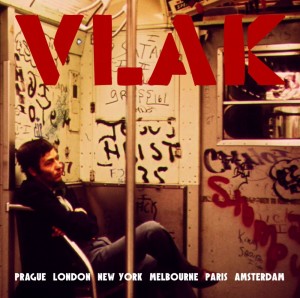 This approach allows Sawyer to represent and comment on the urban scene and the fundamentally human act of communication (sometimes corporate, but just as often personal and individual) by addressing the visible if evanescent remains of those messages, more available to contemplation through the lens than the fleeting and less readable gestures of verbal and physical interaction. Periodically Sawyer also pulls back to show us this material in context, as when, on a Manhattan street corner, he finds a stenciled depiction of a dancing Fred Astaire seemingly leaping forth like a released soul from the back of a very ordinary middle-aged man, or, in the heart of New York’s Little Italy, he reveals a poster whose headline asks “Where Does Fascism Begin?” And sometimes he simply shows us some isolated element selected from the city’s tangible cornucopia of bits and pieces — a stretch of cobblestones, a cluster of cheeses in a shop window, a bicycle leaning against a wall — to give us that “necessary texture of irrelevant detail” on which convincing description of place relies.
This approach allows Sawyer to represent and comment on the urban scene and the fundamentally human act of communication (sometimes corporate, but just as often personal and individual) by addressing the visible if evanescent remains of those messages, more available to contemplation through the lens than the fleeting and less readable gestures of verbal and physical interaction. Periodically Sawyer also pulls back to show us this material in context, as when, on a Manhattan street corner, he finds a stenciled depiction of a dancing Fred Astaire seemingly leaping forth like a released soul from the back of a very ordinary middle-aged man, or, in the heart of New York’s Little Italy, he reveals a poster whose headline asks “Where Does Fascism Begin?” And sometimes he simply shows us some isolated element selected from the city’s tangible cornucopia of bits and pieces — a stretch of cobblestones, a cluster of cheeses in a shop window, a bicycle leaning against a wall — to give us that “necessary texture of irrelevant detail” on which convincing description of place relies.
People themselves are often represented by Sawyer via their shadows or silhouettes, or seen from the back, sufficient in photography to convince the viewer of these subjects’ unique physical existence without bringing their individual personalities into consideration. Rarely do we see a face, even in profile, and only the African American painter Beauford Delaney, encountered on a Paris street in 1973, looks through the photographer’s lens directly at the viewer. With that exception, Sawyer’s human subjects exist as something akin to ghosts, apparently unaware of him (and us), not entirely there, tenuous, ready to disappear from streets, parks, and plazas that feel not only surprisingly uncrowded but almost depopulated.
For all that, Sawyer’s mosaic city, built out of dozens of metropolitan fragments from various locales, does not resolve as a bleak or grim vision of the human condition. It feels alive, reasonably congenial, never malevolent, even inviting — evoking not only the loneliness that can lurk within urban existence but also that sense of solitude, welcome for some, paradoxically enhanced by the proximity of millions of other souls.
 Lee Friedlander once remarked, “the pleasures of good photographs are the pleasures of good photographs, whatever the particulars of their makeup.” As a cross-section of Errol Sawyer’s oeuvre, City Mosaic offers a variety of those pleasures, at the same time implying that his complete and continuing body of work contains many more, some already created and some still to come.[7]
Lee Friedlander once remarked, “the pleasures of good photographs are the pleasures of good photographs, whatever the particulars of their makeup.” As a cross-section of Errol Sawyer’s oeuvre, City Mosaic offers a variety of those pleasures, at the same time implying that his complete and continuing body of work contains many more, some already created and some still to come.[7]
Sawyer, now only in his middle age, remains active and energetic in his production. His work to date, even the earliest of it, has not yet become so “time-displaced” that it inevitably evades consideration by his contemporaries and the two generations immediately after them. There is still sufficient opportunity for his output to enter into the critical tradition, that “continuum of understanding, early commenced.” Perhaps that overdue process begins here, with my attention, and yours, to his accomplishment.
•
Notes:
[1] Kenner, Hugh, The Pound Era (Berkeley and Los Angeles: University of California Press, 1971), p. 415.
[2] Chahroudi, Martha, “Contemporary Bias and the Time-Displaced Photograph,” Afterimage, May-June 1977, pp. 39-40.
[3] One example cited by Chahroudi was the now-celebrated midwest studio photographer Michael Disfarmer.
[4] Jay, Bill, “History of Photography,” Ag: the International Journal of Photographic Art & Practice, No. 58 (winter 2010), pp. 64-67. For my own thoughts on the state of photo historianship, see my 1989 keynote address to the European Society for the History of Photography, “(Re:) Making History: The Social Construction of Photography,” Darkroom Photography 12:10 (October 1990), pp. 24-25.
[5] This requires some qualifying: since 1974 Sawyer’s works have entered several prominent public collections, including the Bibliothèque Nationale de France (Paris), the Schomburg Library of Black Culture (New York), the Musée de la Photographie (Bièvres, France), and the Museum of Fine Arts, Houston (Texas), as well as private collections.
[6] Sawyer, Errol, City Mosaic (Amsterdam: Errol Sawyer Foundation, 2011).
[7] He has half a dozen more books lined up and awaiting publication.
•
This post supported by a donation from Arthur Ollman.
•
 Special offer: If you want me to either continue pursuing a particular subject or give you a break and (for one post) write on a topic — my choice — other than the current main story, make a donation of $50 via the PayPal widget below, indicating your preference in a note accompanying your donation. I’ll credit you as that new post’s sponsor, and link to a website of your choosing.
Special offer: If you want me to either continue pursuing a particular subject or give you a break and (for one post) write on a topic — my choice — other than the current main story, make a donation of $50 via the PayPal widget below, indicating your preference in a note accompanying your donation. I’ll credit you as that new post’s sponsor, and link to a website of your choosing.
And, as a bonus, I’ll send you a signed copy of my new book, poetic license / poetic justice — published under my full name, Allan Douglass Coleman, which I use for my creative writing.


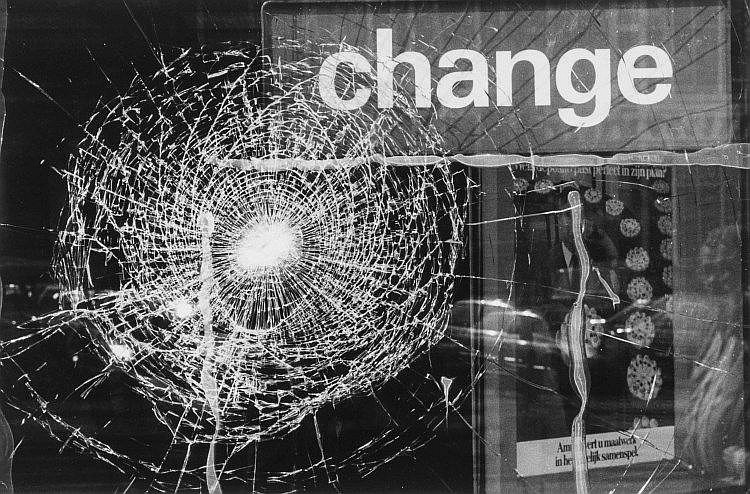
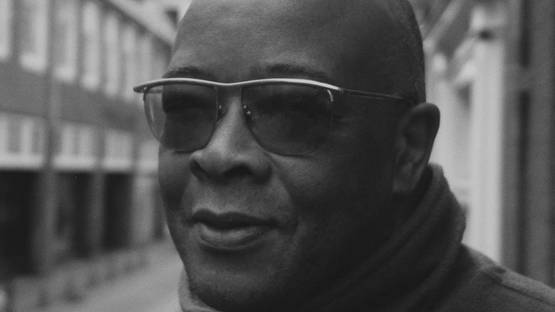
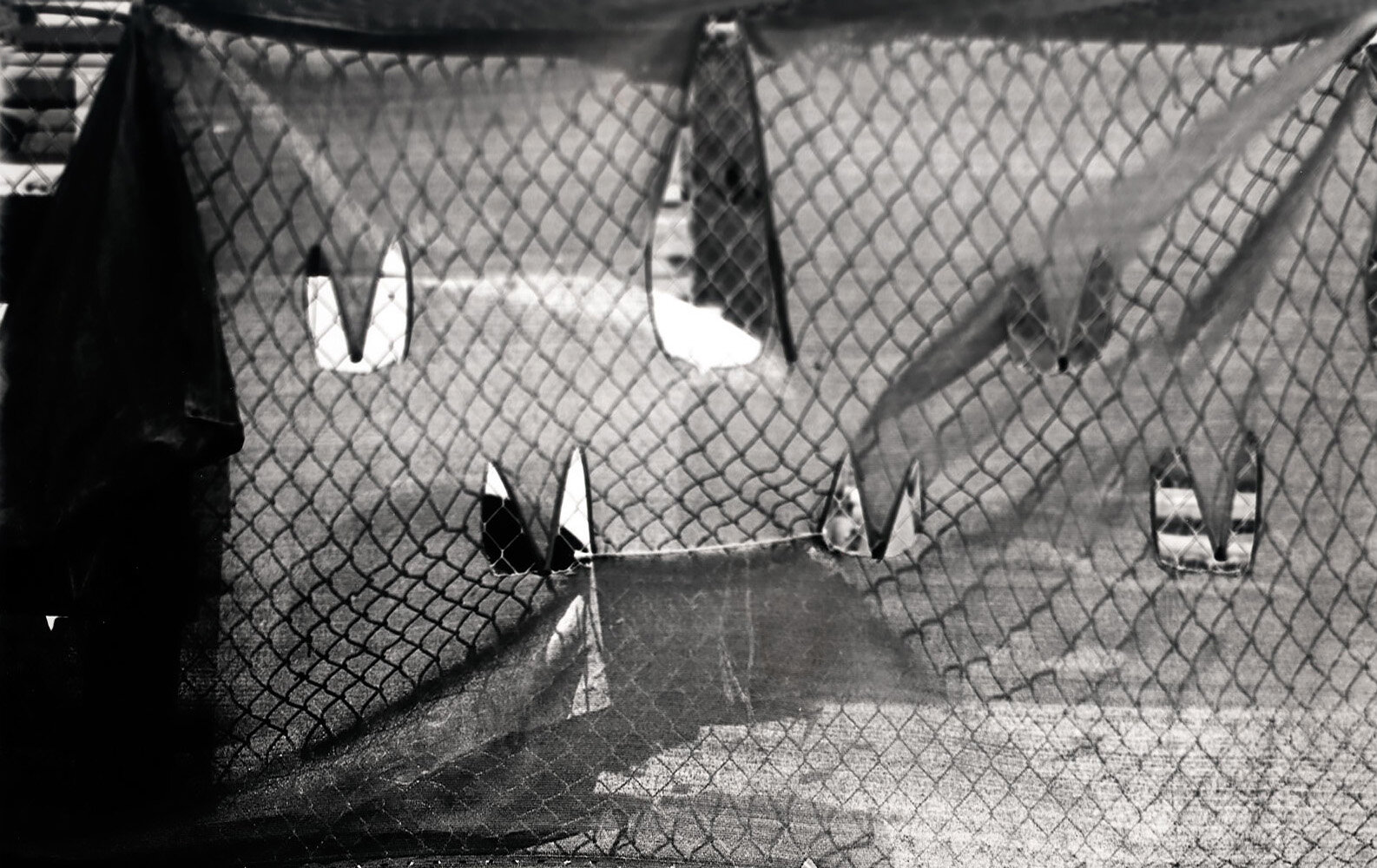
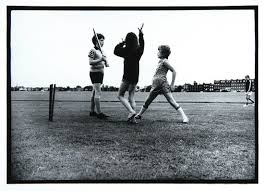
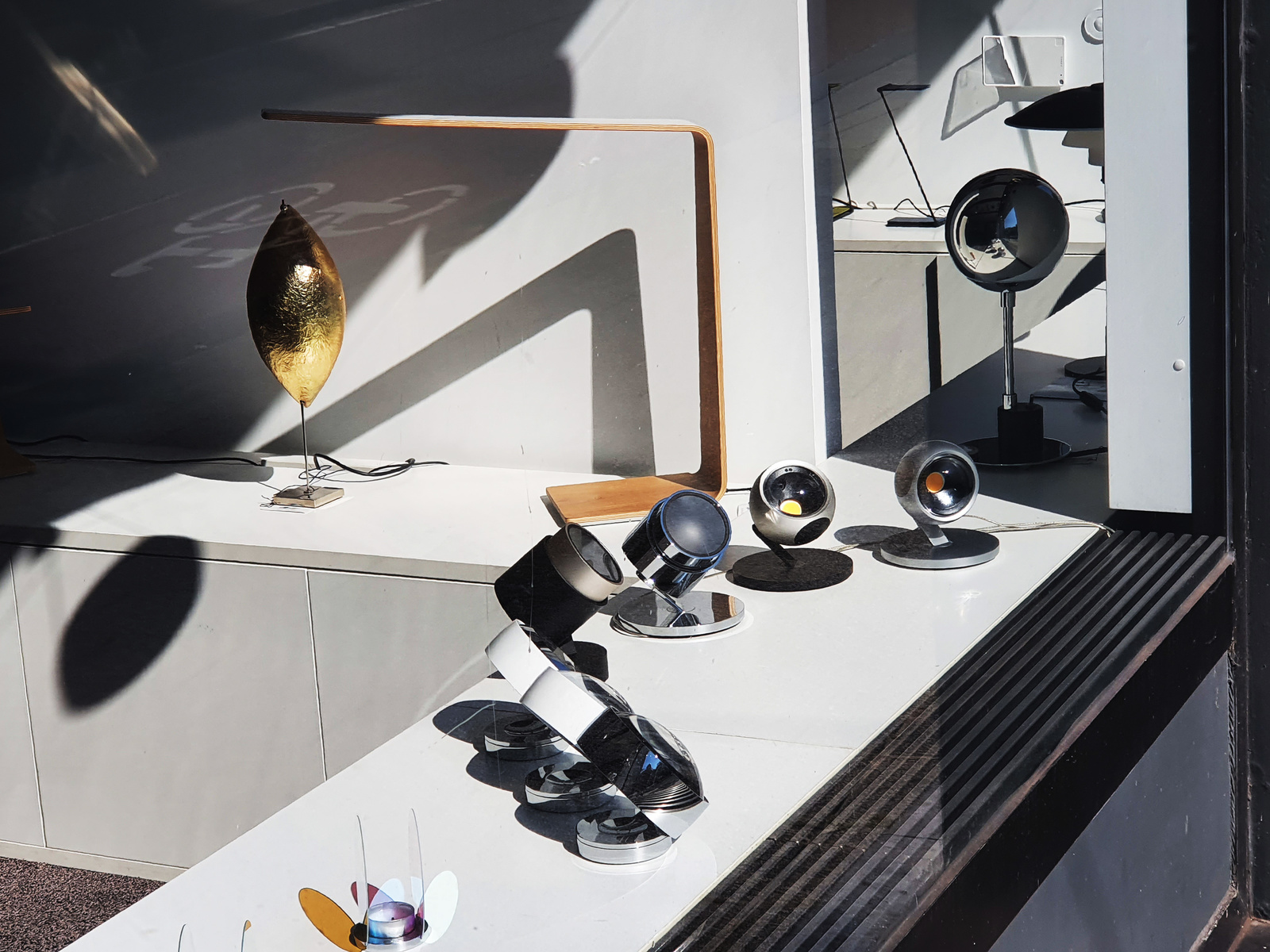
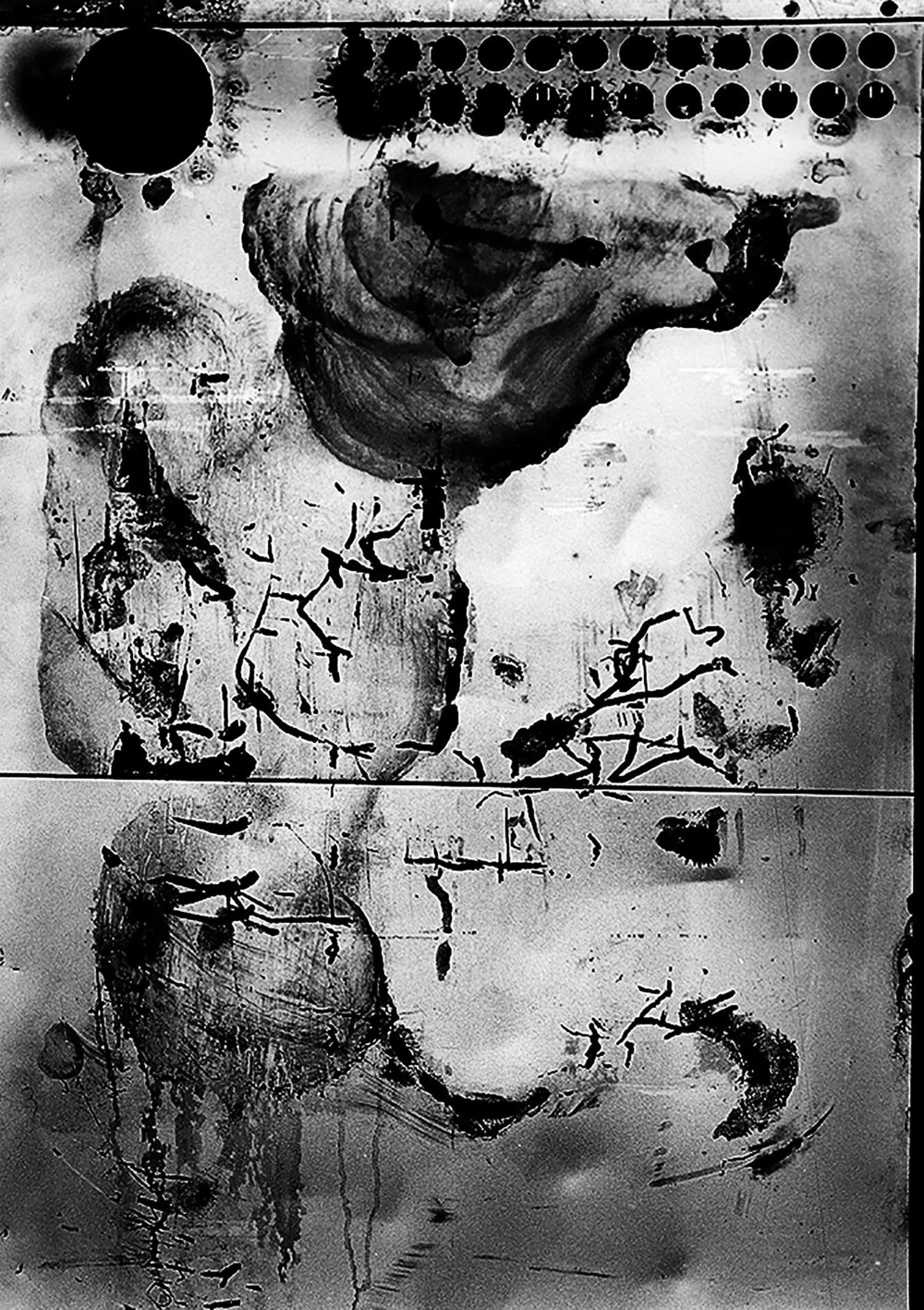




Happy New Year A. D.
Hope you are doing well and staying healthy and all of that!
Always appreciate your writing – that in the past and of course all that is new.
Miss ya!
TA
Ever onward and upward and upword!
Time-displacement seems to me a rather agreeable state of being. It allows one to sidestep inept shots from the “hip”, while gaining distance for a more thoughtful, targeted reckoning.
The problem with that condition, alas, is that we can never realistically position the work (and its maker) within the medium’s field of ideas.
Photography has proven itself uniquely susceptible to this situation. That’s due in part (per Bill Jay’s suggestion) to the medium’s paucity of critics, historians, biographers, and others whose efforts accomplish that positioning in most creative forms. As a result, we don’t have accomplished and significant yet previously undiscovered Abstract Expressionist painters, Renaissance sculptors, Beat Generation poets, bop musicians, and so on. Revaluations do go on; spotlights may turn to figures previously considered second- or third-tier; status and assessment may shift as a result of new information and changing cultural tastes. But we won’t likely find ourselves suddenly confronted with a mid-century experimental filmmaker of whom nobody, including other practitioners and experts in the field, has ever heard, and who until now has left no trace on the record.
Of course one might choose that state of affairs in re one’s work, as you propose — placing it, metaphorically or even literally, in a time capsule, for people in the future to open and scratch their heads over. I can see that as a creative choice, although, as someone whose work is by definition time-bound, I don’t relate to it. I can assure you that, whatever trunks of unpublished writing may gather attic dust as we speak, none of them contains reams of unpublished critical essays.
Date-stamping the maker and positioning the work are important elements of canon creation, as is the timely harvesting of that “field of ideas”, by hipsters, flaneurs, critics and curators alike. But given the “paucity of (photographic) critics, historians, biographers, and others”, together with an over-abundance of that which is being gathered, a little time-displacement would seem more a benefit than a weakness, and in deed, a needed part of the canonical process.
It allows elements such as uncertainty and discovery to operate across a longer span of time and upon a greater whole. Like sweeping a stick thru too-quickly setting cement, or stirring a broth as new ingredients are added. Disrupters, like fresh ideas, depend upon time for their conception and growth, but are not bound to it. Everything takes time and time changes everything. Hipsters, too quick on the draw (drawl?), may as likely kill themselves, or maim an innocent bystander.
For critics and curators, the stakes are significantly higher. They are setting multi-generational thought patterns, and betting as collateral their ability for discernment. The art of evaluation takes time to evolve. New works are discovered; old works reevaluated and re-positioned. Thinking itself requires time, while wisdom aims to tag the “that” of some timeless existence, curled comfortably around the heart of all truly great art. Given this paucity of authoritative thought leaders, longer not shorter frames of reference should reign in canonical thought. The seasonal pass through the field is completed, the threshing has occurred, but the gleaning has only just begun. A second harvest may as likely occur, offering fresh nourishment to the old, and tasty treats for our more recent arrivals. Any field filled full of ideas, holds likely some buds yet to blossom.
Regarding that feeling of being bound to time, we mortals have little choice with our matter. Fortunately, our ideas have other options. For several thousand years we’ve rendered thoughts and ideas into forms less subject to decay. Drawing, writing, painting, sculpture, photography, film, etc., all support the promise of life-spans longer than one’s bag of bones can provide. Your archives, at Photocritic International and nearbycafe, are testament to that promise, and emblematic of what a digital legacy might look like. Online guidebooks, filled with guiding principals for future generations. A master class in the art of critique. Now “that” is something a timeless existence could comfortably curl around!
There’s a major difference between those select works that become canonical in any medium and the much, much larger volume of material that, via one form of publication or another, we consider to have entered that medium’s field of ideas. Just as there’s an equally significant difference between what a given maker has published (or at least redacted) and whatever larger volume of material they have produced but, for whatever reasons, have not made public.
In my own case (since you bring it up), despite my having published close to 3000 essays on photography, only one — my 1976 essay on the directorial mode — actually qualifies as canonical, in my professional opinion. By which I mean that, due in part to its inclusion in several anthologies and its regular use in post-secondary coursepacks, it has become a reference point for many people who otherwise have only a glancing familiarity (if that) with the rest of my work. This results, in large part, from the simple fact that, despite my best efforts to provoke them, aside from some reviews of my books my writing has evoked very little published response from my peers, colleagues, and contemporaries in my field. So the absence of a critical tradition in relation to my work, in Hugh Kenner’s definition (“a continuum of understanding, early commenced”), affects my work just as much as it affects so much photography, Errol Sawyer’s included.
And because a critic’s work is by definition so timebound, so specific to its historic moment and the cultural awareness of its readership, it has what we might call a much shorter half-life that its counterpart in artwork. To put it another way, either a critical essay matters at the time of its publication or it doesn’t matter much at all. Like most of us, myself included, you surely look at creative work in many media from centuries past. When was the last time you read anything by an early 20th-century critic?
Just seeing this now. We became close to Errol, and his family, staying with them and visiting them, twice, in Amsterdam. We are still in touch with his wife and son. Such a captivating and enthusiastic personality! We miss him. Hope this finds you well.
Likewise that I just seen this post. I was his student some odd 20 years ago!. As I am planning to revisit Holland soon, I am keen to meet his family to pay my tribute in person. But I only have Errol’s email. Would you be able to help?